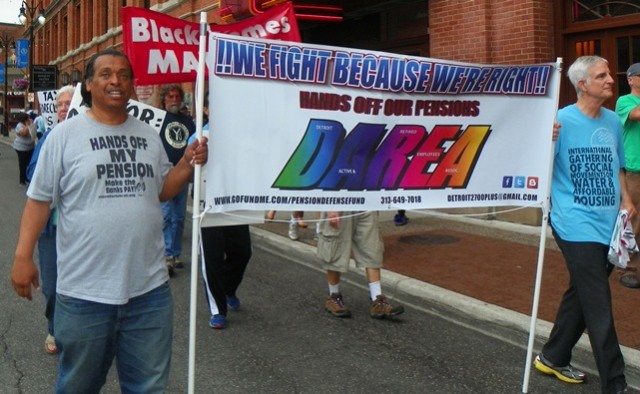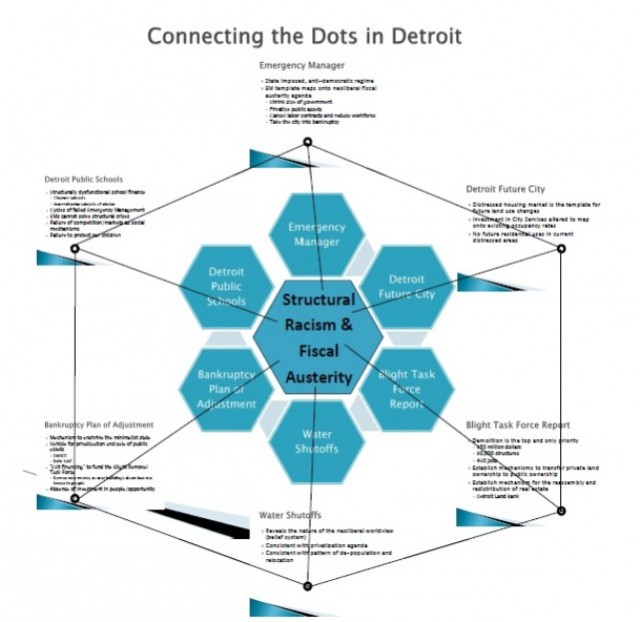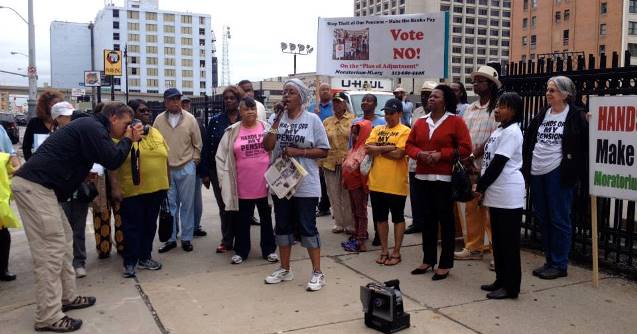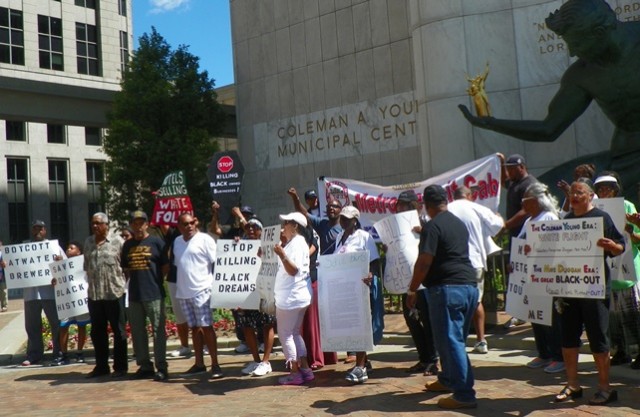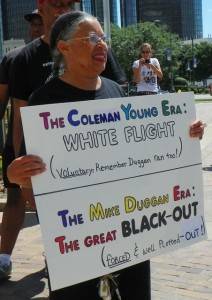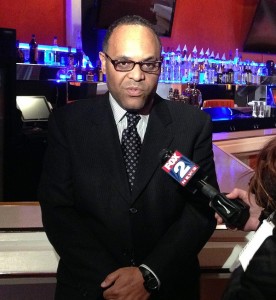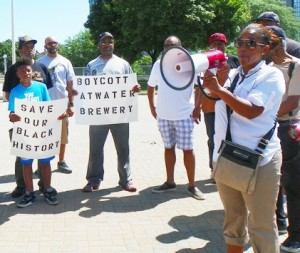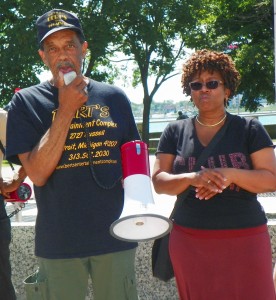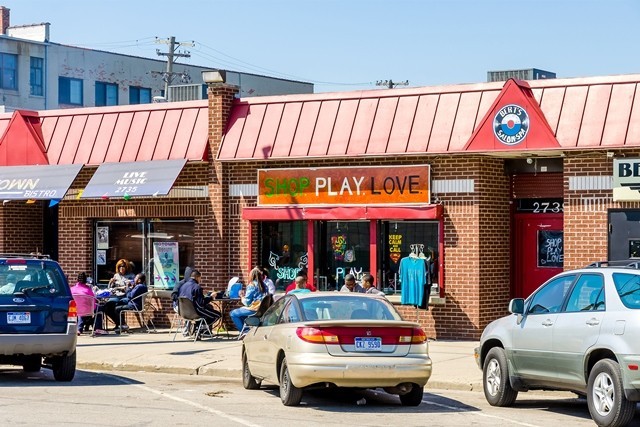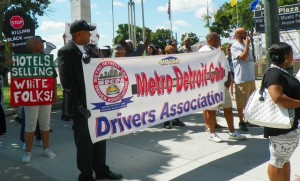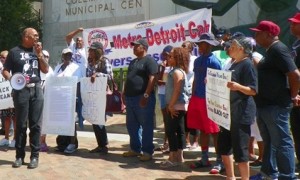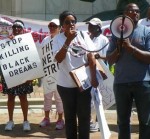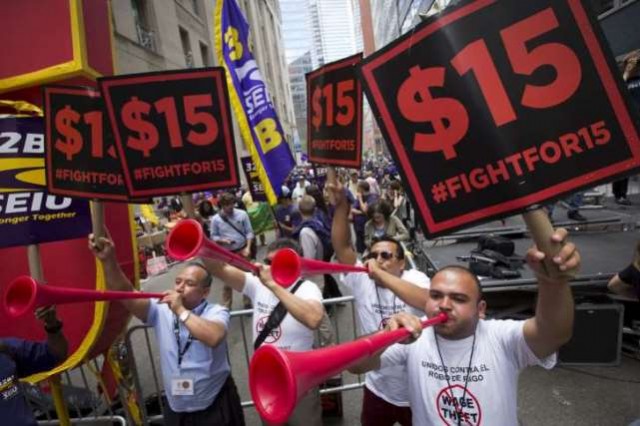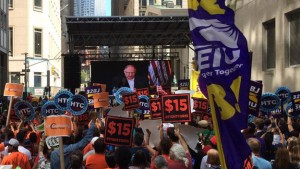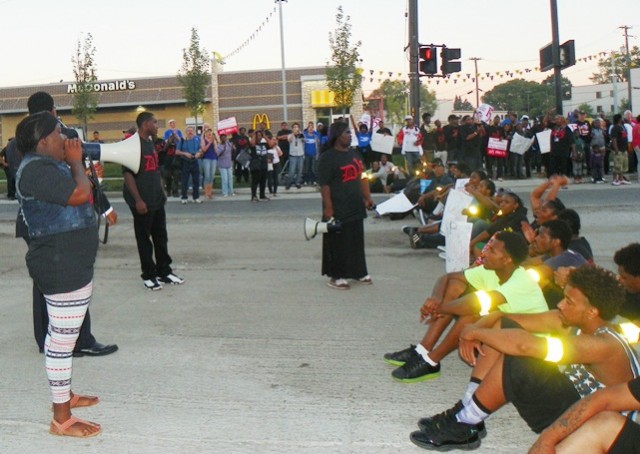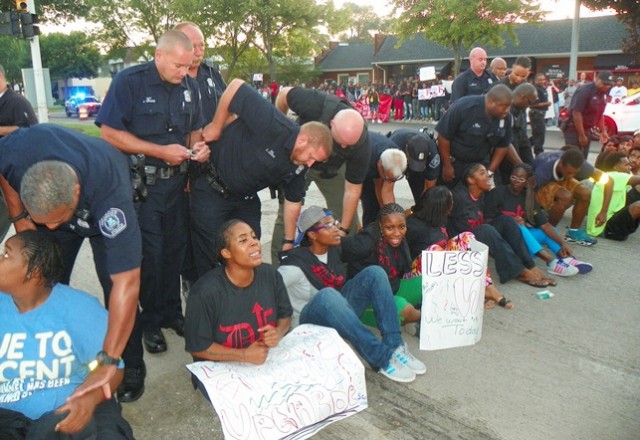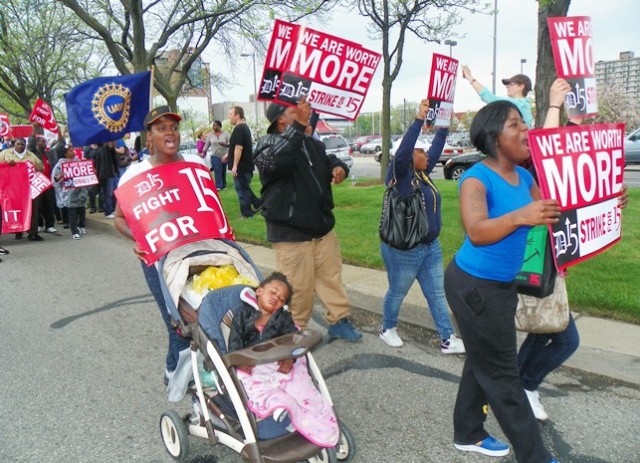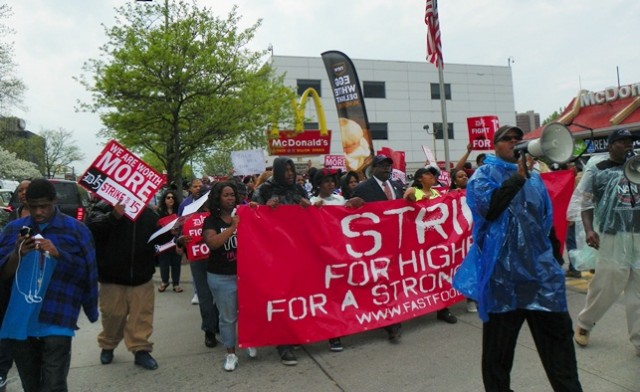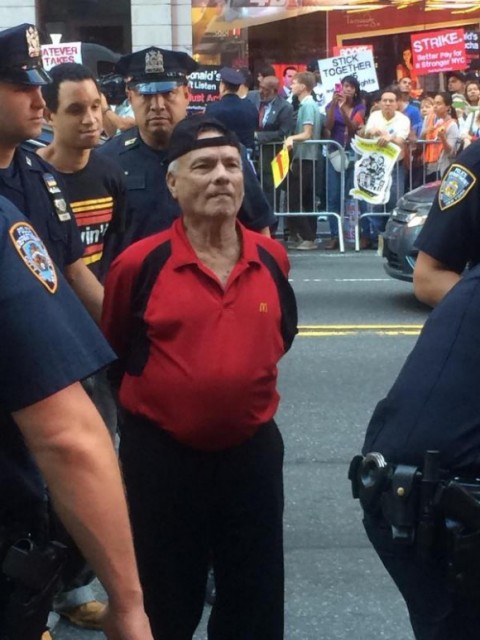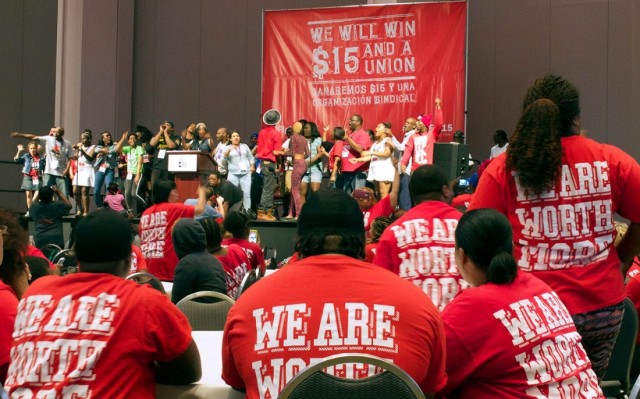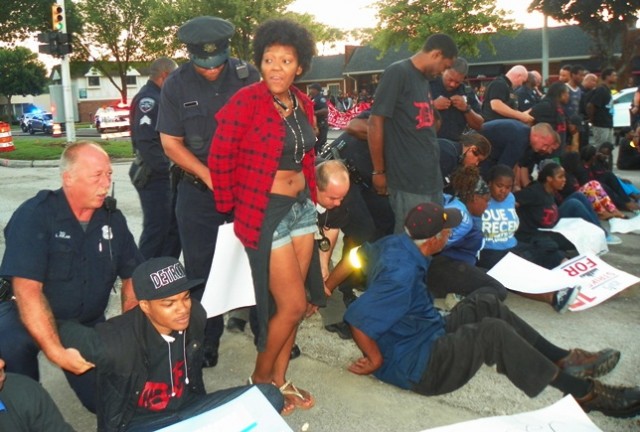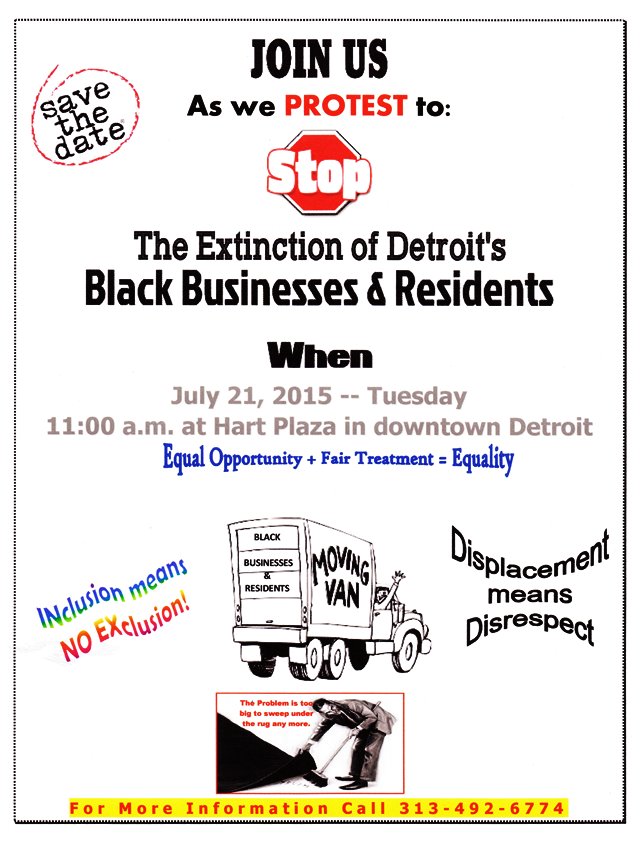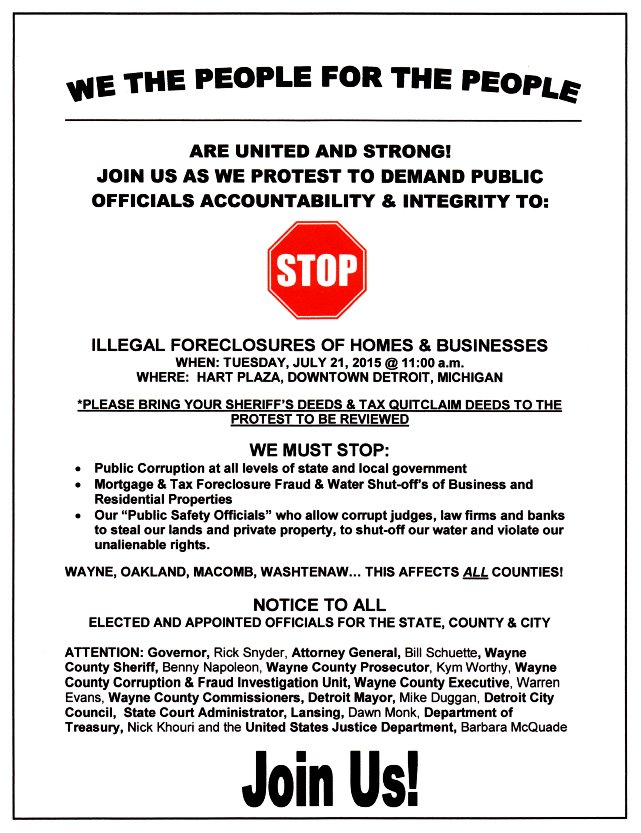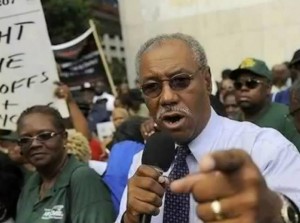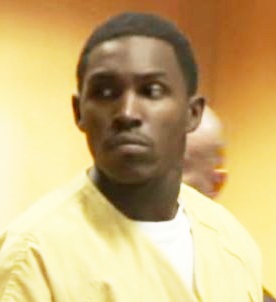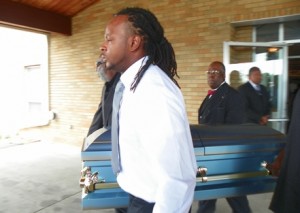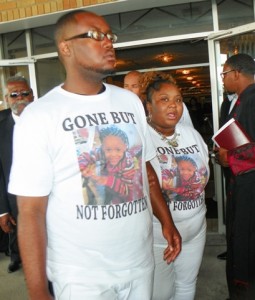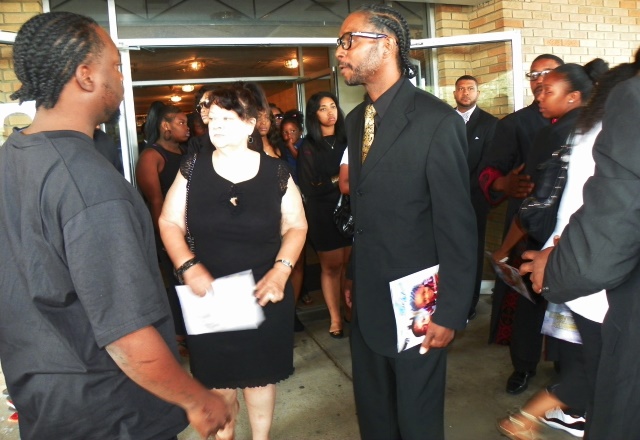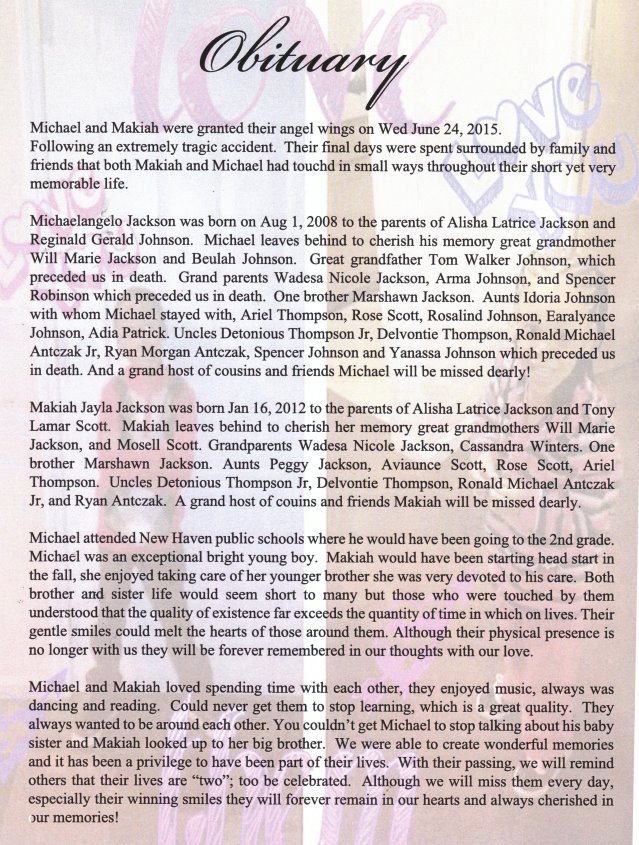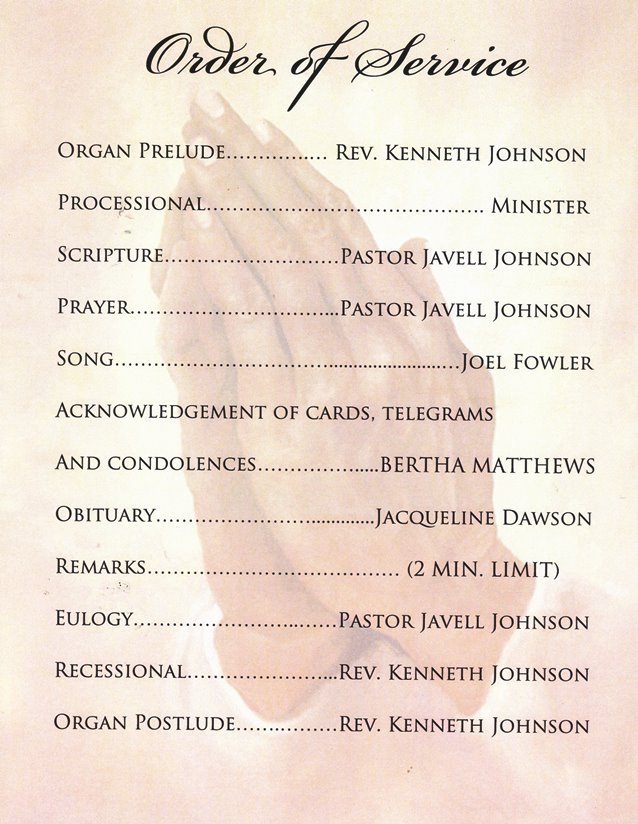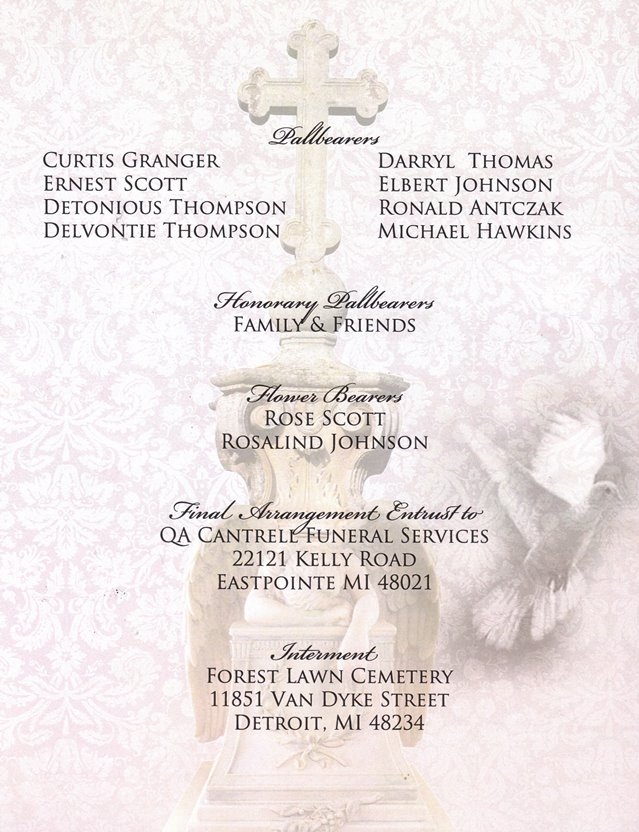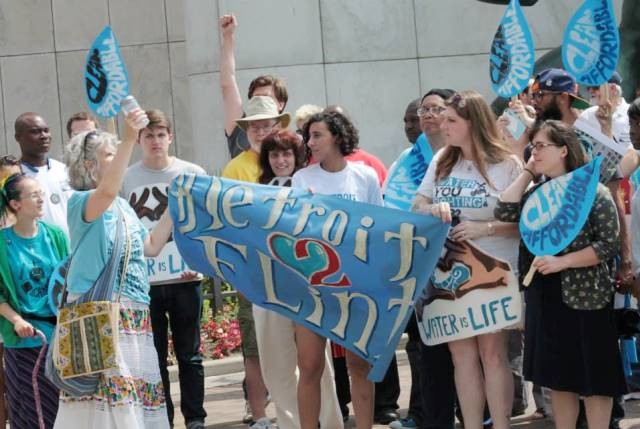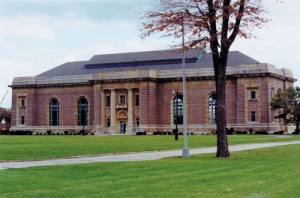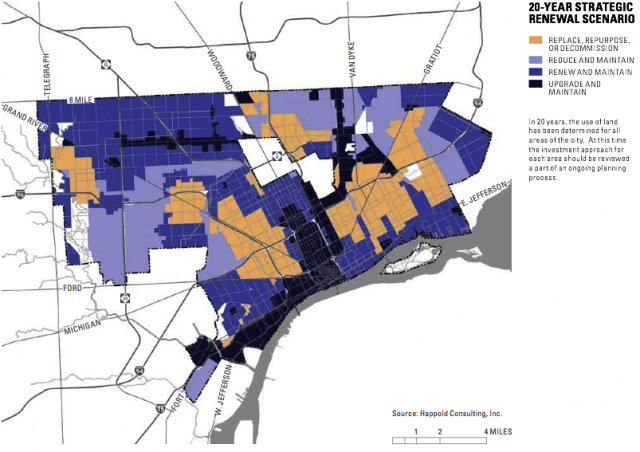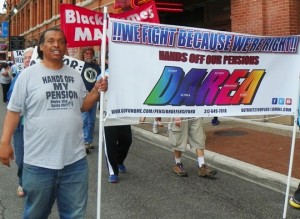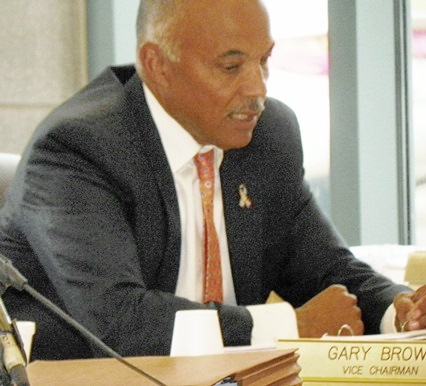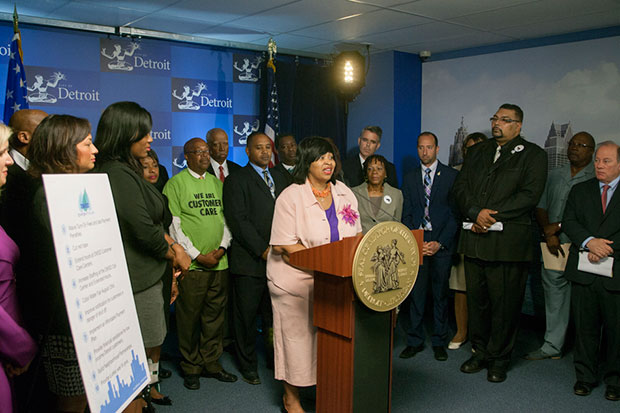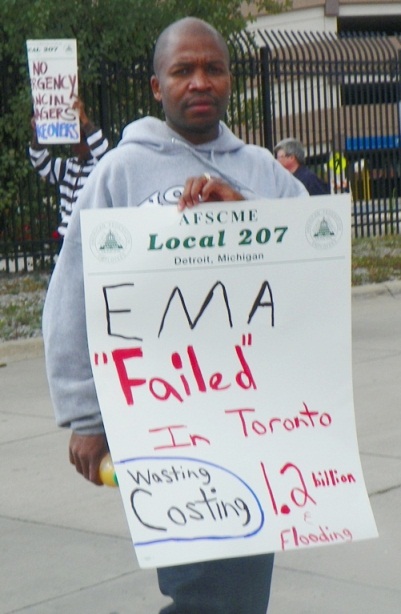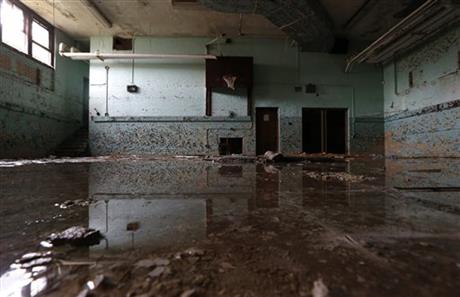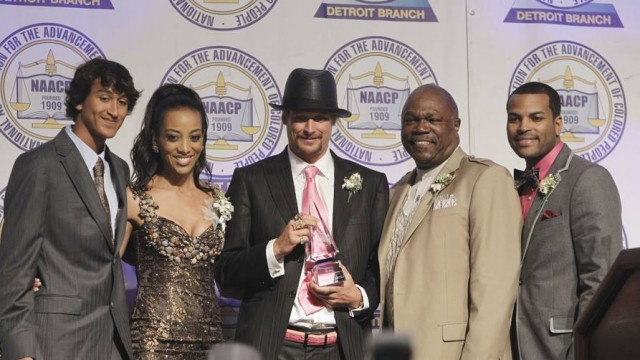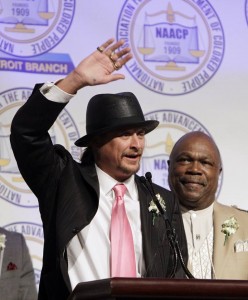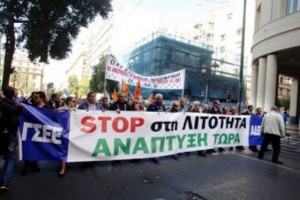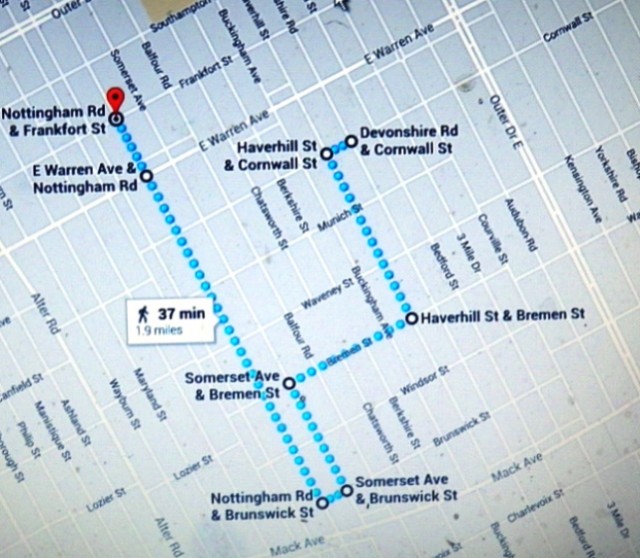
Witnesses told VOD July 16 that the police chase which ended with the deaths of Makiah and Michaelangelo Jackson proceeded at a high rate of speed along this route, not the route testified to by Officer Steven Feltz during Lorenzo Harris’ exam.
Chase wound from E. Warren to Mack, then up Nottingham past E. Warren, neighborhood residents say
Police traveled at high rate of speed throughout chase, almost caused Camaro to hit other children at Nottingham and Brunswick
“When are we going to stop police chases in Detroit? They wouldn’t do it in the suburbs.” – Defense attorney Marvin Barnett
Harris bound over on all counts, arraignment on info July 20
#PoliceBrutality, #StopPoliceChases, #JusticeforMakiahMichaelangelo, #policeviolence, #blacklivesmatter, #blacklivesmatterDetroit, #policechase, #pursuit, #saveourchildren, thisstopstoday , MMCare, #Beatbackthebullies
By Diane Bukowski
July 16, 2015

Michaelangelo and Makiah Jackson. Family photos.
DETROIT — Eyewitnesses interviewed by VOD today about the June 24 high speed police chase which ended with the deaths of Makiah and Michaelangelo Jackson, 3 and 6 years old, strongly contradicted police testimony given July 13 during the preliminary exam of Lorenzo Harris, 29.
Detroit Special Ops officers Steven Feltz, Richard Billingslea, and Hakeem Patterson started chasing Harris near E. Warren and Haverhill, wound south almost to Mack Avenue, then back up Nottingham, the witnesses said. The Jackson children were killed on Nottingham near Frankfort, north of E. Warren.
“The police tried to ram the car at the corner of Nottingham and Brunswick [one block north of Mack] and nearly hit my kids, 14 and 11,” a resident living near that location told VOD. “He [Harris] almost jumped that curb over there where there were other little kids. You’d think the police would have backed off the chase at that point, but they were going 80 to 90 mph right on his bumper. If he would have tapped his brake, they would have hit him.”
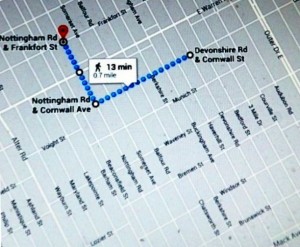
Detroit officer Steven Feltz’ version of the chase, given at prelimary exam of Lorenzo Harris July 13.
A Google map of the chase as described (at top) shows it took 37 minutes, not the 45 seconds alleged by Detroit Police Chief James Craig. Even the police version of the chase would have taken 13 minutes.
After Feltz’ testimony and that of Detective Sgt. Christopher Weitzel and two civilian witnesses, Thirty-sixth District Court Judge Shannon D. Holmes bound Harris over on two counts of second-degree murder, three counts of failure to stop at the scene of an accident, unlawful driving away of a motor vehicle, carrying a concealed weapon (CCW), two felony firearms charges, three counts of failure to stop at the scene of a serious personal injury accident, two counts of failure to stop at the scene when at fault, causing death, three counts of reckless driving causing serious bodily impairment, and two counts of fleeing police officers, first degree.
She scheduled an arraignment on the information for July 20. To date, no charges have been brought against the officers.
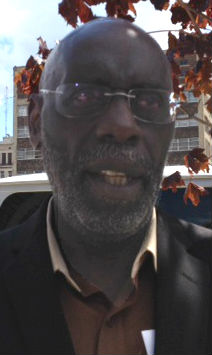
Defense Atttorney Marvin Barnett/Photo Beth Fisher WWJ
“You have two citizens driving down a residential street, one a person on parole, allegedly going 100 mph, while police were chasing them 90 mph,” Harris’ newly-retained defense attorney Marvin Barnett told VOD. “When are we going to stop police chases in Detroit? They wouldn’t do it in the suburbs. How in the world do Detroit citizens allow this to continue?”
The Nottingham resident said a friend who lives on Haverhill told him the cops chased Harris south down Haverhill from the direction of E. Warren to Bremen, where they turned right to Somerset, then right onto Brunswick to Nottingham, where they turned back north. Another witness living on Haverhill confirmed he saw the chase going south at a high rate of speed, with the officers closely behind.
The Nottingham resident also said cops in the Ninth Precinct, most of them white, constantly harass, illegally search, rob, and arrest Blacks in the community, particularly if they are driving expensive-looking cars like the red Camaro driven by Harris.
He said he himself was arrested while driving his restored car with expensive rims. He said both he and his wife work, but the cops accused him of being a drug dealer and took all the money he had just cashed from his paycheck. He still faces charges in the case.
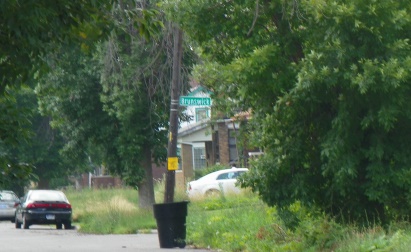
Nottingham and Brunswick, one block north of Mack, where witness says police car nearly hit his and other children.
It is VOD’s policy not to publicly identify witnesses who may face police retaliation.
Feltz, a four-year DPD veteran from the Fifth Precinct, who is white with a shaven head, testified that the officers were on routine patrol at the beginning of the chase at Devonshire and Cornwall. He said he was the right front passenger in a 2004 “fully marked” white Crown Victoria, with Billingslea driving. Craig earlier revealed that the car’s dashboard camera was not operable.
“I observed a red Chevy Camaro, late model, in front of me at the intersection,” Feltz said. “I observed a black handgun in the right hand of the driver, and we activated our lights and siren a few seconds afterwards.”
No handgun was entered into evidence. Chief Craig earlier said none was found.
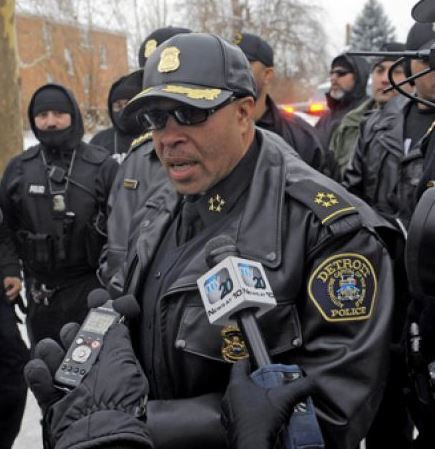
Police Chief James Craig with Special Ops cops during “Operation Mistletoe,” one of a series of 18 raids he has led through Detroit neighborhoods looking for individuals with outstanding warrants. The chase that led to the Jackson children’s death may have been part of one of those operations.
He said the Camaro “accelerated at a high rate of speed,” with the scout car in pursuit down Cornwall at approximately 50 mph. He said the Camaro crossed Warren at Nottingham at a speed of about 100 mph, while the scout car remained “a good block to a block and a half away.”
He continued, “I was getting ready to notify my partners to stop the chase when I observed a large cloud of dust,” down the street on Nottingham.
“While approaching Nottingham and Frankfort, directly in the middle of the street, I saw a small child lying motionless, then another small child to my left laying on the curb. [We] stopped the vehicle and contacted headquarters.”
He said he laid Makiah, who appeared to have her left arm and leg broken, on her back. She was not breathing, he said, so he administered CPR, while another scout car picked up Michaelangelo. He said he conveyed Makiah to St. John’s Hospital, where an emergency room doctor declared her dead from a broken neck.
On cross-exam by Barnett, Feltz said he was looking into the Camaro from its passenger side, and admitted that he said in his written report that he thought the gun was in the driver’s right hand. He said the driver was “moving it around.”
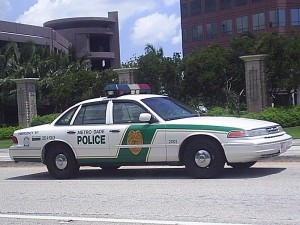
Miami Dade police Ford Crown Victoria Interceptor pictured in 2004. No photo available of 2004 Detroit police Interceptor. Feltz testified it couldn’t drive more than 50 mph.
He said the police car’s lights and siren were on as it approached Warren. He said the procedure for calling off a chase is to notify dispatch and turn off the car’s lights and siren, but that they did not turn them off at any point.
An audiotape of the chase released by the Detroit News shows no contact was made with dispatch or supervisors.
Feltz said their car was “about 50 feet,” not a block and a half, behind the Camaro when it crossed Warren. He denied the car had gone up on the grass, saying mud found on the car was already there because it had not been washed before the chase.
During the exam, the Jackson children’s mother Alisha Jackson was present with two friends and an aunt, Bertha Matthews. Matthews told VOD after the exam that she had gone to the Jackson house about 11 p.m. and remained until 4 a.m.

Bertha Lesure Matthews, relative of Jackson family, was at preliminary exam of Lorenzo Harris. Facebook photo.
“Where is the gun?” she asked. “The police were out there all that time looking and looking for it. That chase was not appropriate in a residential neighborhood.”
She said the police were listening to news reports, and every time a piece of evidence was reported, including a lpiec of the Camaro left in the middle of the street, they hurried to retrieve it. She added that people from the neighborhood of Mack and Nottingham came to the scene and told them the chase had gone through that area.
Eyewitnesses told VOD during a candlelight vigil at the Jackson home June 26 that the police were directly behind the Camaro after it crossed Warren on Nottingham. One witness standing with Makiah said she saw the police car bump the Camaro, sending it out of control into the children who were killed and injured. The alleged bump may have been a “Precision Immobilization Technique,” or PIT, used by police.

Children seriously injured at second house: Darius Andrews, Jr. 3, Isaiah Williams, 5, Zyaire Gardner, 7.
Other witnesses at the vigil told VOD that the officers continued the chase without stopping after the Jackson children were hit, into the next block where three other children Darius Andrews, Jr., 3, Isaiah Williams, 5, and Zyaire Gardner, 7, were severely injured. Gardner’s lungs collapsed and he was flown to a hospital in Ann Arbor.
On July 16, Gardner’s aunt Kiera Andrews told VOD that Gardner was improving, but still in the hospital. She was sitting on the porch next to where the children were hit, with her little son Isaiah Williams, 5, one of those hit, LaKendra Hill, who was also hit and injured, and two other small children related to the Gardner family, braiding their hair.
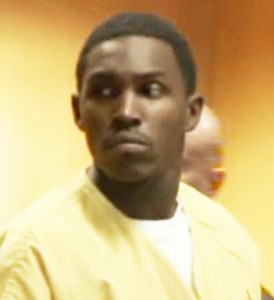
Lorenzo Harris at previous exam.
“My son doesn’t even want to come here now,” she said. “All our kids live right up here. I know he [Lorenzo Harris] is in there in jail now hurting. I don’t hate him. God be with him. I’ve heard from a friend that he is a nice man. The police did what they do, and it killed little bitty babies and hurt other kids.”
Sgt. Weitzel, Aubrey Gardner, father of Zyaire, and Joel Fowler, a neighbor, also testified at the exam. Another civilian witness did not show for the exam.
Weitzel said he arrived at the scene at 8:30 pm, after the crashes. He testified to various exhibits, although he said on cross exam he was not qualified as an expert witness, had not taken the photos entered as exhibits, and did not know who the evidence technicians were.
Exhibits included photos of tire tracks on the street, sidewalk and grass going down two blocks of Nottingham, and a large rock that was in the middle of the street and became lodged under the red Camaro driven by Harris, sending the car airborne before it was dislodged.
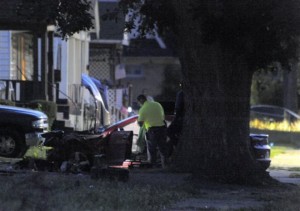
Cops search Harris car for gun after chase June 24, 2015.
Also shown were photos of debris from the Camaro and a stop sign, and destruction of the area around the second home on Nottingham where the three other children and LaKendra Hill were hit.
Over Barnett’s objection, Judge Holmes admitted a statement from the owner of the Camaro, said to be Harris’ girlfriend, to back up the charge that the car was unlawfully driven away. She was interviewed at DPD headquarters, according to Weitzel, but was not in custody.
Holmes also admitted police reports stating the police car was travelling at a high rate of speed, and a CDR from the Camaro which police said showed it was travelling 100 mph.
Wayne County Assistant Prosecutor Danielle Hagaman-Clark played a fuzzy videotape of part of the chase from an unknown camera near E. Warren and Nottingham. The Camaro is seen in the far upper right hand corner of the video, with not much else clear about the chase.
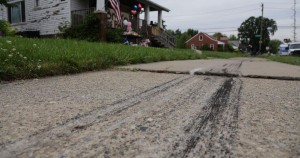
Skid marks on sidewalk just before the Jackson home (at upper left).
Weitzel claimed the tire tracks in the photos were from one car, the Camaro, not the police car. He said skid marks could have been the result of braking or of acceleration.
Fowler, who lives on Nottingham across from the Jackson home, said he saw the red Camaro traveling at a high rate of speed on two wheels, with a large rock lodged underneath. He said it hit the Jackson children after the rock was dislodged. He said the police car was in the street, with only its lights, not its siren on.
He admitted that the statement he gave police said he saw the Camaro hit three children, but that the police “wrote it down wrong.” He said on cross exam that the police car was about 50 yards away from the Camaro.
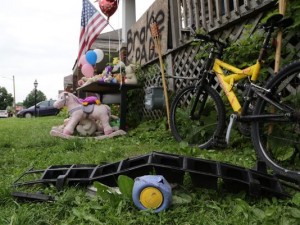
Piece of Camaro left on Jackson’s lawn after chase. Police belatedly retrieved it that night.
Aubrey Gardner, Zaire’s father, said he was barbecuing at the family home on Nottingham when he heard sirens and a car revving its engine. He said he came to the front of the house as he heard children screaming, and saw the Camaro hit the van in his driveway, pinning his son Zaire and nephew Darius Andrews, Jr. against the house.
He said he saw Harris open the door “to the best of his knowledge.” Later he said he didn’t know how Harris got out of the car. He said Harris jumped out of the car and ran past him through his backyard. He said he identified Harris at DPD headquarters from a photo line-up. He said he couldn’t tell how fast the two cars were going, but that it was the Camaro revving its engine “real loud.”
Barnett objected to the CCW count because of lack of evidence, and to the witness statement from Harris’ girl-friend as hearsay since she was not there to testify, but Judge Holmes refused to dismiss those counts.
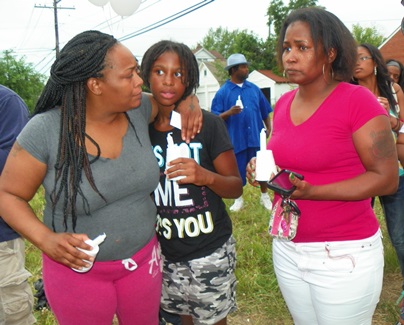
Mother holds child tightly during candlelight vigil June 26 at Jackson family home.
Related stories:
http://voiceofdetroit.net/2015/06/26/detroit-cops-kept-chase-going-after-2-children-hit-killed-then-3-others-seriously-injured/
http://voiceofdetroit.net/2015/07/12/detroit-cops-who-allegedly-hit-car-that-killed-children-to-testify-in-court-mon-july-13/

